The great stove
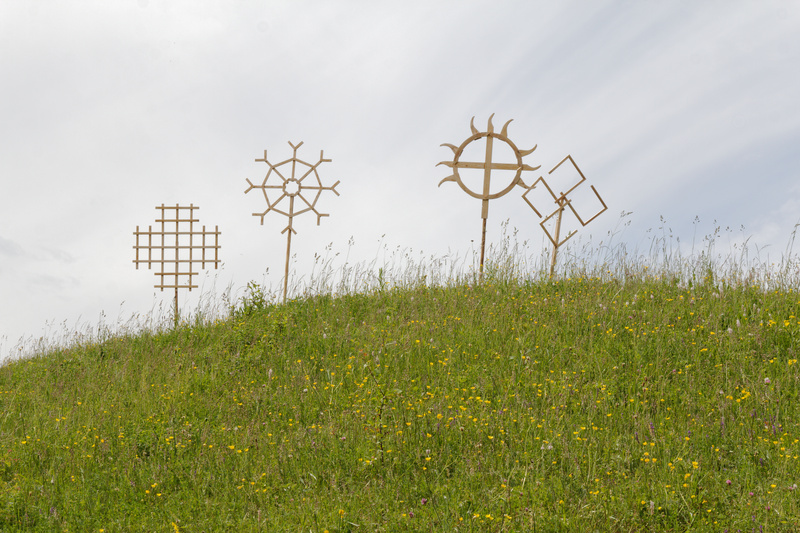
Sun-crosses, Rumšiškės open-air museum |
As I wrote in the previous blog post, keptinis is a unique style of beer from north-eastern Lithuania where the mash is baked in an oven. Except it's not completely unique, because the Seto people used to do the same. In fact, it seems most of mainland Estonia used to bake the mash in the oven.
I've classified the brewing processes described in 453 individual accounts of farmhouse brewing. Oven-baking shows up in Lithuania, Russia, and Estonia. I know it was also done in Belarus and eastern Finland. So clearly quite a lot of people used to brew this way in eastern Europe.
Which raises the question of why people would bake the mash in an oven. There is no sign that anyone ever did it in western Europe, which creates another mystery: why did people only do this in eastern Europe?
It didn't take me very long to come up with a theory as to why, because that answered another question I'd been pondering.
We know that stone brewing used to be extremely widespread in at least parts of Europe. And the reason is very simple: large metal kettles suitable for heating mash water (and boiling the wort, but you don't need to do that) used to be very, very expensive. So expensive that during the Middle Ages, inheritance documents often show the sons taking joint ownership of their father's kettle.
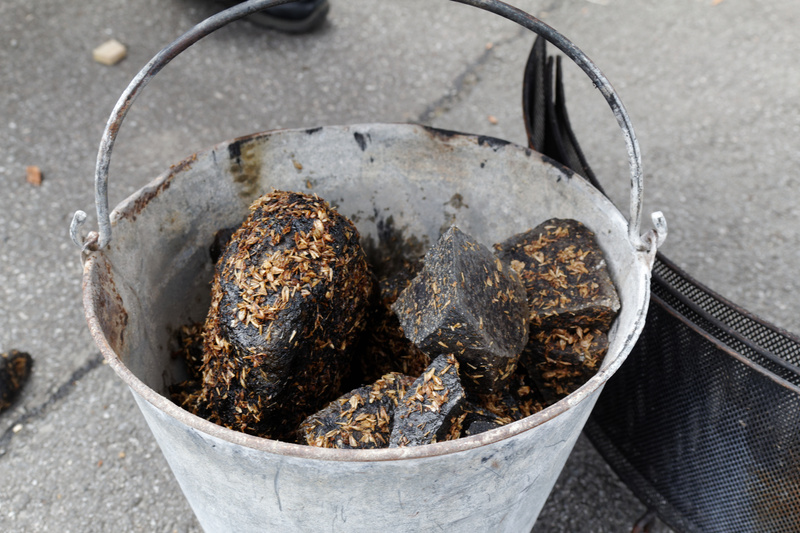
Used brewing stones, Norwegian farmhouse ale festival |
So clearly people used the stones to heat the mash. Fine. But there are parts of Europe which may lack those huge deposits of brewing stones. They could be there, and maybe archaeologists just haven't done the work on them yet. But if they weren't there, wouldn't that have to mean that there must have existed other alternatives to using a kettle than stone brewing? If so, what were those methods, and why don't my 453 accounts show any trace of them?
That's what I realized: they do show a trace, in the oven-baked mashes. If you have a huge stove you could heat the mash in there. Either in some kind of container, or simply as the famous "bread-like loaves" of malts used for keptinis. Using the oven would have to be hugely simpler, safer, and more fuel-efficient than handling those stones.
So if this were the case, people in eastern Europe should have giant ovens that people in western Europe didn't have. And there should be, somewhere, people who still put the mash in the oven cold and heat it there.
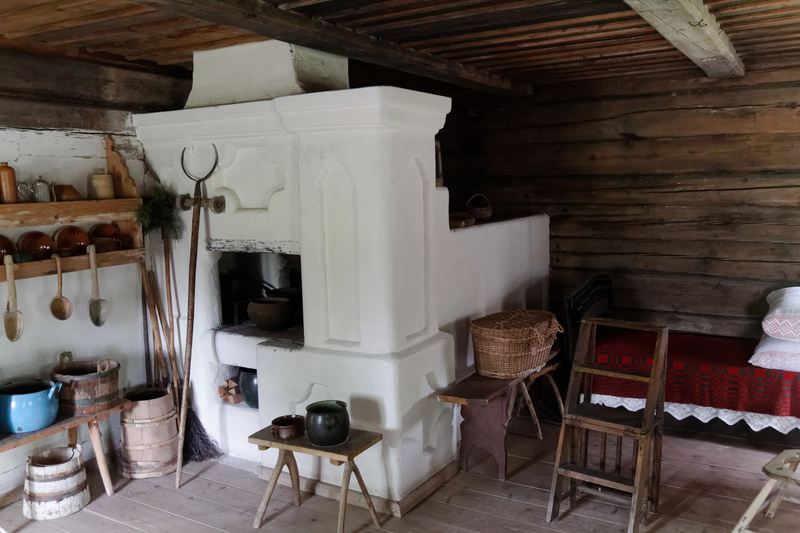
Lithuanian great stove, Rumšiškės |
I'd already seen a giant stove in the traditional Seto house we visited in eastern Estonia. Then, the day after the keptinis brewing we drove out Rumšiškės, the Lithuanian national open-air museum with dozens of traditional houses from all over Lithuania. What I was not quite prepared for was the discovery that every single one of these houses had a giant stove just like the one in the Seto house.
As it turns out, these same stoves are what the traditional Russian peasant houses are built around. They exist all over Russia, Ukraine, and Belarus, and of course in eastern Finland. They were used for cooking, sleeping on, taking sauna baths in, heating the house, and so on and so forth. They are actually a key part of Russian folk culture, and appear in many fairy tales and legends.
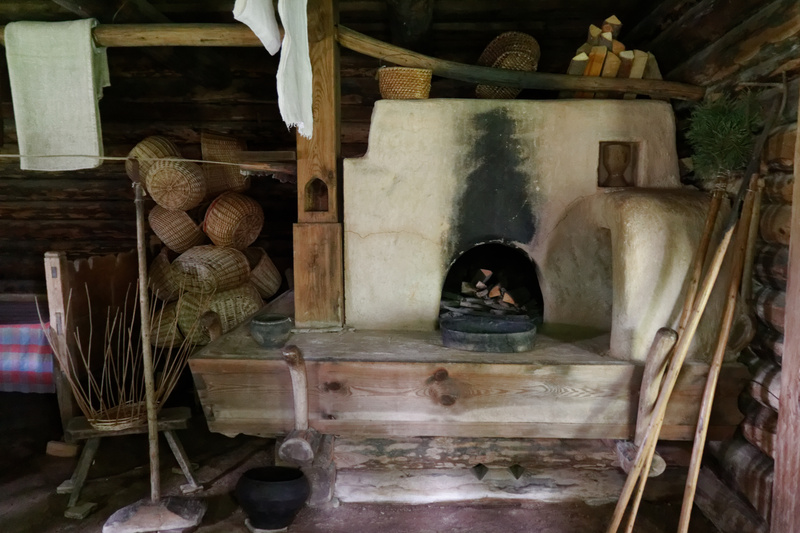
Lithuanian great stove, Rumšiškės |
And, according to this article, this type of stove gradually developed out of simpler ovens in around the 15th century. Other evidence indicates this may be roughly right. But stone brewing in the Baltics went on into the 20th century, so it seems that the great stove developed long before most people could afford kettles. That made it very plausible that oven-baking began as a simpler way to mash.
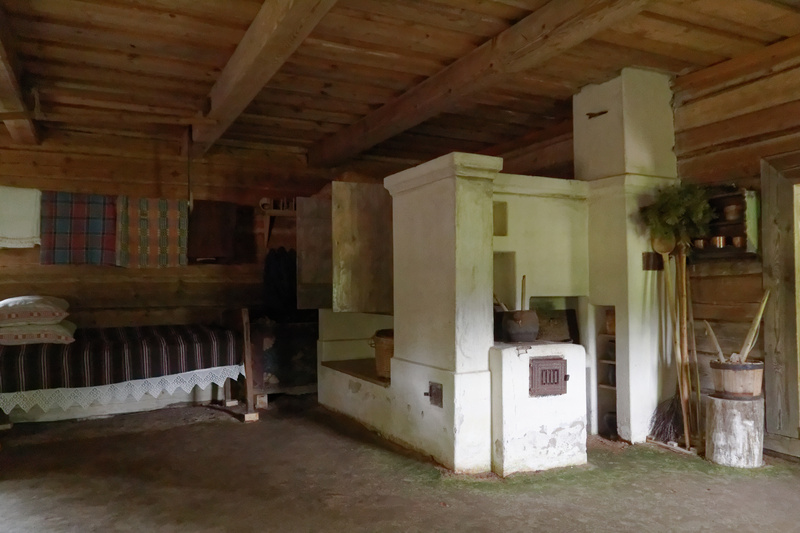
Lithuanian great stove, Rumšiškės |
But plausibility was not enough. So I needed to show that heating the mash this way was something people had done. Either by finding documentation of this as a historic method, or by finding people doing it still, somewhere. And, as luck would have it, my next journey was to a place where the odds of finding them were pretty good.
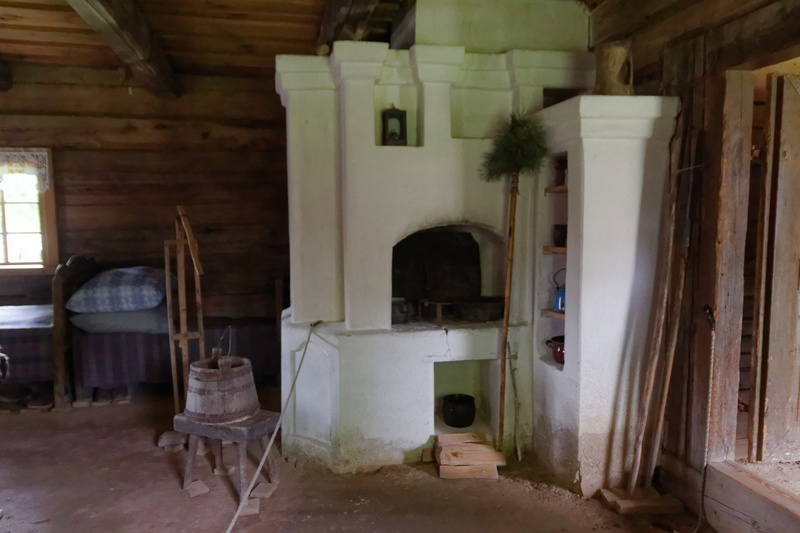
Lithuanian great stove, Rumšiškės |
Similar posts
How to brew keptinis
Keptinis is a little-known Lithuanian style of beer where the mash is baked in an oven
Read | 2018-07-11 15:44
Roaring the beer
The first time I heard about it was in Telemark (southern Norway), where Halvor Nordal said that one of his neighbours used to sometimes heat the beer very briefly in a saucepan before serving it
Read | 2018-04-21 22:45
Comments
No comments.